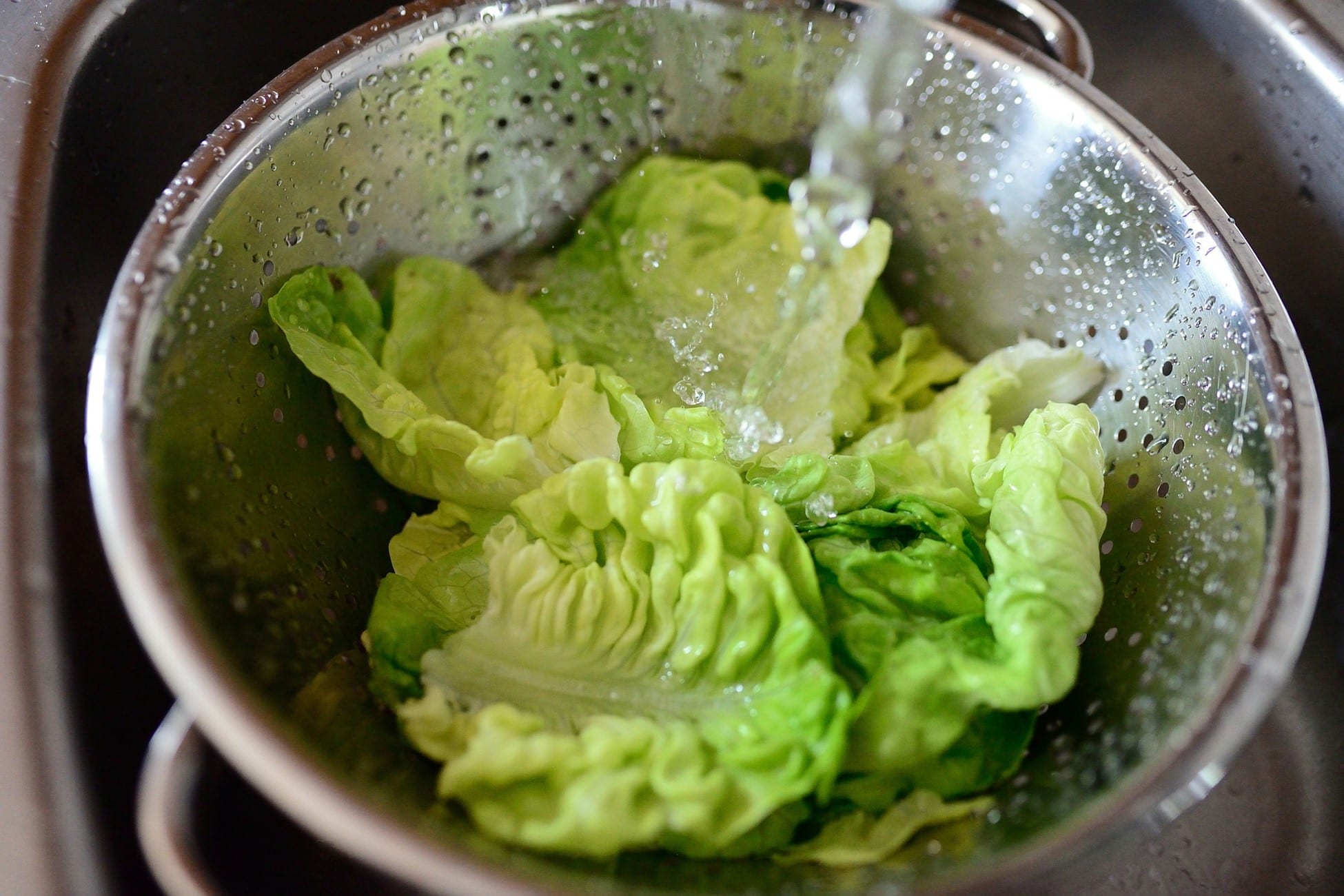By: Haley Singer, Undergraduate Student in Food Science and Human Nutrition at the University of Illinois Urbana-Champaign.
According to the CDC, about 1 in every 6 Americans or roughly 48 million people get sick each year due to foodborne illness.1 The USDA estimates that in the United States, our food waste is about 30-40% of our food supply.2
Most of the food that is wasted is sent to landfills where it decomposes and produces methane gas. Landfills contribute greatly to global warming by being the third-largest source of methane emissions.3 A large contributor to food waste in a household comes from produce.
How do we reduce food waste while steering clear from foodborne illness?
About Food Waste
The main sources of food waste in the United States are the food industry and consumers. One reason that food waste is so common among consumers is a lack of knowledge about proper food storage. The FoodKeeper is a website and app managed by the government providing a detailed storage guide on almost every food. This is a great tool for consumers to be aware of. If they are unsure of how long a food is good for or where in their kitchen they should keep it they can check this website.
Ways to Avoid Food Waste:
- Source Reduction
- Buy foods you see an immediate use for and make sure that you use all of your foods before they spoil. This can make the biggest impact on reducing food waste.
- Repurpose Leftovers
- Turn leftovers into a whole new dish. For example, you can make stews, soups, and casseroles with leftover meat or vegetables.
- You can compost organic food scraps and use the compost as mulch or organic matter for gardening. View this post from the USDA onComposting for more details. composting for more details.
For more on how you can reduce food waste in your own household check out this post on sustainable nutrition.
About Food Safety
About 128,000 Americans are hospitalized each year due to food poisoning. Food poisoning can cause long-term health complications.3 Which shows the importance of following the relatively simple steps below to keep your food safe. There are many ways food can become unsafe such as improper storage, and contamination.
Ways to Keep Food Safe:3
-
-
- Keep it Clean -Wash your hands, surfaces, and utensils often. Rinse fruits and vegetables under running water before consuming.
- Separate: Don’t Cross Contaminate – Use a separate cutting board for produce than you do for raw meat.
- Proper Storage-The refrigerator should be at or below 40 degrees Fahrenheit and the freezer should be kept at or below 0 degrees Fahrenheit. Use the FoodKeeper website mentioned above to check where and how long foods should be stored.
- Cool and Heat Foods Properly-Keep cold foods cold (40 degrees Fahrenheit and below) and keep hot foods hot (140 degrees Fahrenheit and above).
-
-
About Fresh Produce:
Raw fruits and vegetables can contain harmful germs that can make us sick. It is important to use proper food handling procedures to ensure that your produce is safe to eat.
Ways to Handle Produce:3
-
- Cut off any bruised or damaged parts of fruits and vegetables and then rinse under running water.
- Store produce separately from raw meat or seafood.
- Scrub firm produce like cucumbers or potatoes with a clean produce brush.
- Dry produce after rinsing with a clean paper towel or cloth towel.
The Balancing Act:
Balancing the desire to reduce waste comes with good food handling practices. If we keep our food safe and store it properly we should be able to consume it all safely.
References
1. Burden of Foodborne Illness: Findings. (2018, November 05). Retrieved from http://cdc.gov/foodborneburden/2011-foodborne-estimates.html
2. Food Waste FAQs. (n.d.). Retrieved from https://www.usda.gov/foodwaste/faqs
3. Health Resources and Services Administration (HRSA). (2021, March 01). FoodSafety.gov. Retrieved from https://www.foodsafety.gov/
Image by congerdesign from Pixabay













